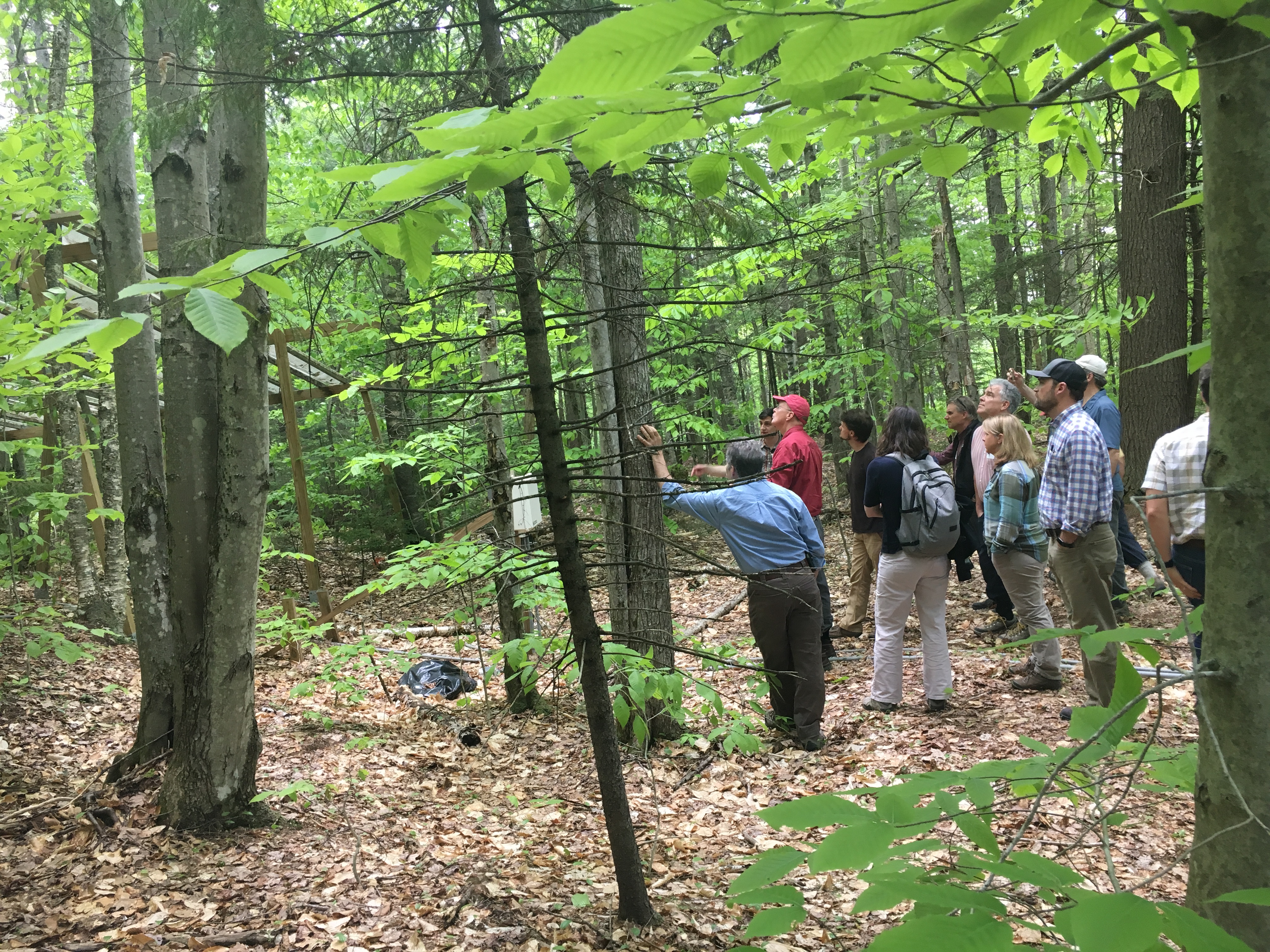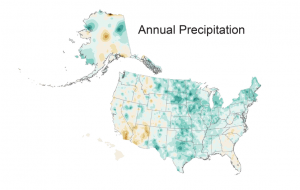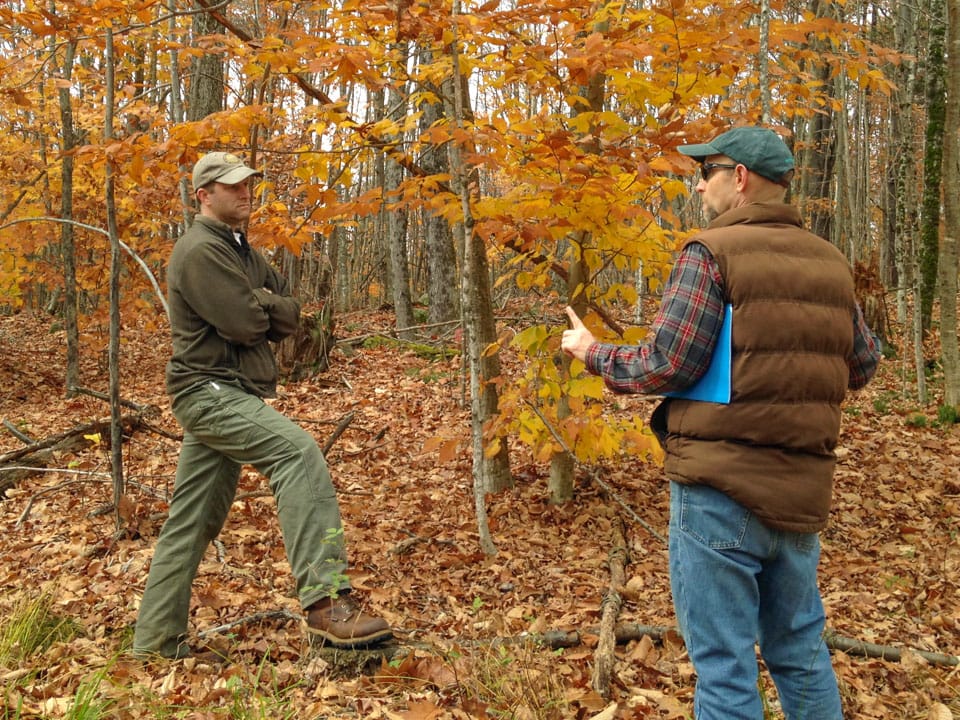Forest management and its role in reducing forest fire threat has been a hot topic recently. With so much countervailing information swirling in the media, it is difficult to know where the truth lies. To make sure everyone is clear about the science of forestry and how forest management works, let’s take a step back and consider some of the key issues and the approach that the Climate Smart Land Network (CSLN) is taking in dealing with changing fire risk.
“Forestry is the science of managing and caring for forests. Through the practice of forestry, we can shape their character and composition in a way that makes them more resilient in the face of these big environmental changes,” explains Jennifer Shakun, Manomet’s Applied Forest Scientist. “We would need to invent forestry if we didn’t already have it.”
The factors influencing both the vulnerability of forests to fire and the associated risk to humans are many. Climate change, natural climate variability, changing pest and disease pressures, fire suppression policies, changing settlement patterns, and forest management all play a role. These factors interact in complex ways making it difficult to rank relative importance in any given fire event, but some trends are evident and can help landowners, forest and land managers, and policy makers in prioritizing solutions.





 Back to all
Back to all



